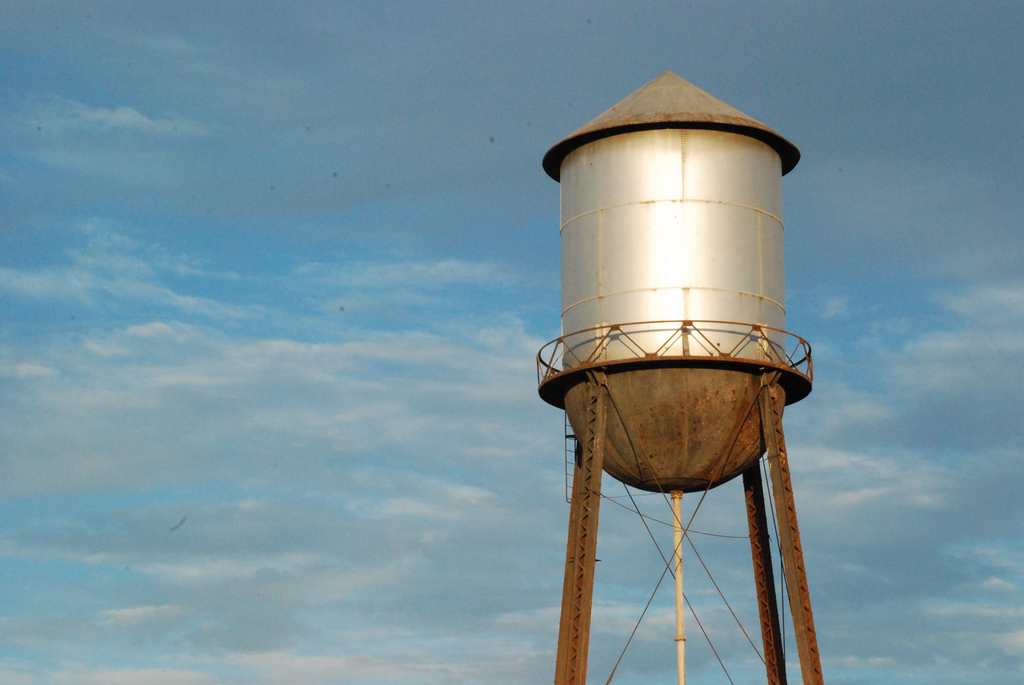
Our state needs to proclaim a new California Water Awareness Day in every school, so that students, kindergarten through 12th grade, can learn how water works here.
I have worked on California water issues for the past 15 years. I’ve noticed that, while people often disagree about water infrastructure and water rights and water policy, virtually everyone with whom I have come in contact agrees on at least one thing: Californians should have a better understanding of where our water comes from.
For too many, the fact that water comes out of their taps is the extent of their understanding. That’s not good enough, for two reasons. First, the state’s future depends on the ability of all of us to use water more efficiently and wisely. Second, the people of California themselves, through their votes, will play a major role in our water future.
Future generations could be better informed if the governor declared a California Water Awareness Day. Given the stakes, no student is too young to start on his or her water education. Here’s one way to do it.
Teachers, from kindergarten to eighth grade, as well as high school social studies teachers, would be required to dedicate one day each spring to water issues. Curriculum would be age appropriate and would cover the following:
1. The basics of the water cycle.
The massive evaporative engine of the Pacific Ocean fuels wet storms that move across California in the wintertime. As the ocean air mass meets land, the coastal range, and the Sierras, it is forced upward in elevation. As the air gains elevation it cools—and the water vapor condenses out in the form of rain and snow. Much of the moisture seeps into the ground slowly and collects in groundwater basins. Some collects in our rivers, streams, and lakes. And some ultimately flows back into the ocean, completing the cycle.
2. Our Mediterranean climate
Mediterranean climate patterns, and the ocean currents that produce them, exist in only a few parts of the world—including ours. This is the reason California has such severe wet and dry cycles. Our wet months run from late October to May. From June to September, very little (if any) rain falls. In addition to this annual dry period, natural drought cycles that last several years are common. Today’s drought, one of the most severe on record, is a part of our regular hydrologic condition in California. Understanding droughts and how to respond to them are important skills for Californians.
3. Our water management system, and the importance of time
Because all of our rain comes in the winter months, and most of our water use for agriculture and irrigation occurs in the summer, California has built a massive water infrastructure system to store the winter runoff and deliver it later in the year. This system also moves water from north to south because most of the state’s rainfall hits in the north, and most of our population is in the south. California also imports water from the Colorado River.
The California Awareness Water Day course would describe the overall water balance for our state and its water infrastructure, and would discuss the challenges we face in ensuring a safe and reliable water supply. The ecological impacts of this water infrastructure would be discussed, with an emphasis on issues related to the Sacramento-San Joaquin Delta and the Colorado River.
Teachers would cover regionally specific issues, including the sources of local water supplies and how students and their families can use water wisely and conserve. Students would also learn how climate change and population growth will further challenge an already stressed system—a lesson that could be taught in such a way as to inspire bright young minds to learn more and contribute solutions.
Over many years, an emphasis on water would ensure that Californians have a better understanding of their water supply—and better equip them to make decisions about how to manage that supply. As the current drought highlights the need for better water management, it’s time for our leaders to launch a California Water Awareness Day so that future generations are better prepared to take on the challenge.




Send A Letter To the Editors